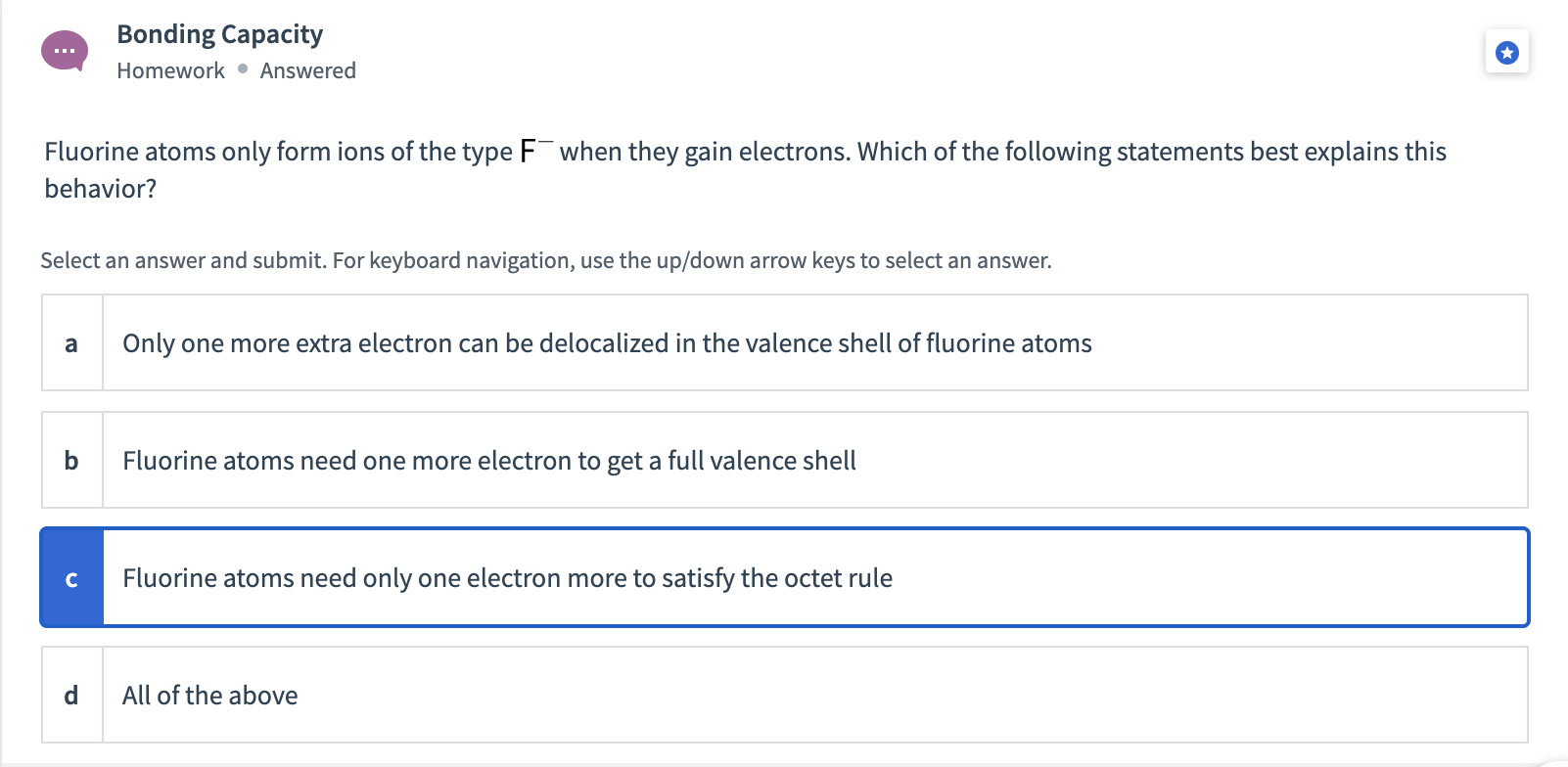


We begin with the elements in their most common states, Cs( s) and F 2( g). Quantitative measurements of biomolecule associations are central to biological understanding and are needed to build and test predictive and mechanistic models. Not surprisingly, experiments conducted at room temperature may not be reproduced in a cold room.\): The Born-Haber cycle shows the relative energies of each step involved in the formation of an ionic solid from the necessary elements in their reference states. Because temperature effects can be difficult to predict, it is generally not used to modulate separation using HIC. Temperature also impacts protein structure, solubility, and the interaction with the HIC matrix. See product lineup of Hioki resistance meters & battery testers.

The affinity of hydrophobic interactions increases with temperature. The instrument has a maximum resolution of 0.1, and it can measure lithium-ion capacitors and electric double-layer capacitors with low ESR values of 1 m or less. Though it is useful to determine the optimal pH, pH gradients are not generally used as an elution method. However, changes in pH do not have a significant effect over moderate ranges. Thus, pH can impact the level of protein binding and the selectivity of the media. This effect can vary from protein to protein. In general, the strength of the interaction between proteins and the media decreases with increasing pH as a result of increased charge of the protein due to the titration of acidic groups. HIC mobile phases are typically in the neutral pH range from 5–7 and buffered with sodium or potassium phosphate. With traditional graphite anodes, lithium ions. Most bound proteins are eluted by washing with water or dilute buffer at near neutral pH.Įffect of anions and cations on protein precipitation. Load capabilities should also improve better longevity is another item on the wish-list that needs to be proven. Though sodium, potassium or ammonium sulphates produce relatively higher precipitation effects, these salts effectively promote ligand-protein interactions in HIC.
Ion bonding capacity measure series#
The figure below represents the Hofmeister series on the effect of some anions and cations on protein precipitation. As the salt concentration increases, the amount of bound protein increases as does the risk of protein precipitation at the higher ionic strength. It is usually measured either in picometres (pm) or a ngstoms (). The addition of structured salts to the equilibration buffer and sample promotes ligand-protein interactions in HIC (Porath et al.,1973). The covalent radius is a measure of the size of an atom that forms part of one covalet bond. The opposite charges of the metal cation and nonmetal anions attract each. having halide ions as ligands showed that the metal-halogen bond is not 100. Ionic bonding is the attraction between an a metal cation and a non-metal anion. Modify adsorption and elution conditions to achieve similar results when moving from one media to another. Different ligands have different capacity to extend their d-orbital and are. The selectivity between different supports will not be identical though the ligands may be the same. The most widely used supports are hydrophilic carbohydrates: cross-linked agarose and synthetic copolymer materials. Proteins bound under these conditions are difficult to elute due to multi-point attachment (Jennissen, 1978). Hydrogen bonding of water, entrapment of water. When they do so, atoms form ions, or charged particles. Cash flow allows the contractor to support the costs for insurance. Cash flow is another critical measure affecting capacity. With a high level of ligand substitution, the binding capacity remains constant however, the affinity of the interaction increases (Jennissen and Heilmeyer, 1975). of the environment in which these are associated or measured. Ions and ionic bonds Some atoms become more stable by gaining or losing an entire electron (or several electrons). A good rule of thumb for total capacity is 10 x net worth. The protein binding capacity increases with an increased degree of substitution of the immobilized ligand.

The choice of ligand type is empirically determined. In general, straight chain alkyl ligands demonstrate hydrophobic character while aryl ligands show a mixed mode behavior where both aromatic and hydrophobic interactions are possible (Hofstee and Otillio, 1978). This section provides general considerations for hydrophobic interaction chromatography including factors such as the ligand, matrix, salt concentration, pH, and temperature.Ī protein's adsorption behavior is determined by the type of immobilized ligand.


 0 kommentar(er)
0 kommentar(er)
